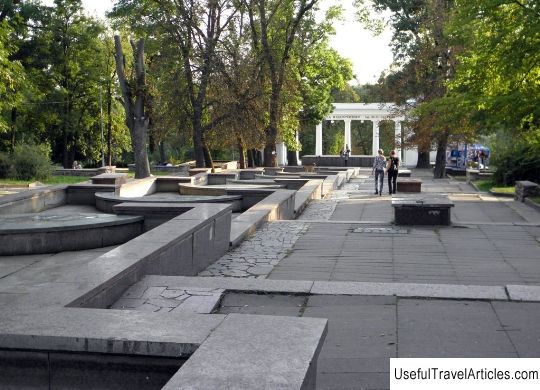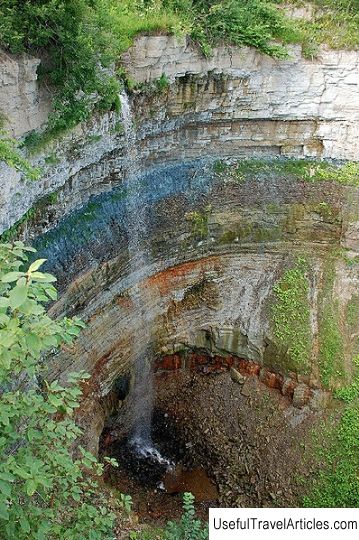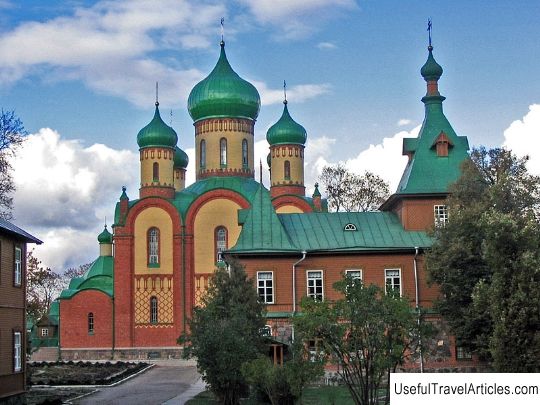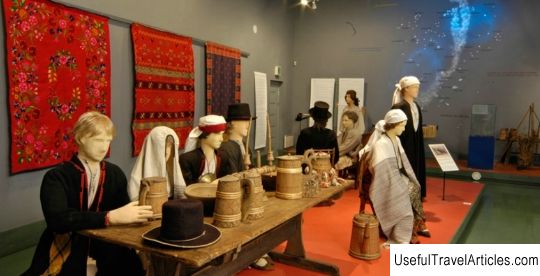Mining park-museum (Kohtla kaevanduspark-muuseum) description and photos - Estonia: Kohtla-Jarve
Rating: 7,5/10 (100 votes) 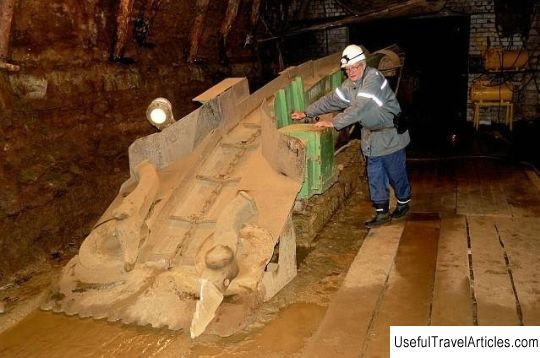
Mining park-museum (Kohtla kaevanduspark-muuseum) description and photos - Estonia: Kohtla-Jarve. Detailed information about the attraction. Description, photographs and a map showing the nearest significant objects. The name in English is Kohtla kaevanduspark-muuseum. Photo and descriptionThe Kohtla mining park-museum is located in the village of Kohtla-Nomme near Kohtla-Jarve. The museum was opened several years ago on the site of a former oil shale mine. The mine was closed in the 90s when oil shale consumption declined. Initially, they wanted to flood it, but later they decided to organize a museum on its basis. The museum accepts organized groups; an excursion is also organized for single tourists as the group recruits. During the season, i.e. in the summer months, you do not have to wait long for the recruitment of groups, and at other times it is better to call in advance and find out about the excursions. The excursion lasts about one and a half hours. Before entering you will be appropriately equipped: you will receive a jacket, since the temperature in the mine is constant and is about 8 degrees, a helmet with a flashlight and a battery for a light bulb. The excursion begins with descending a staircase into the mine, which, however, does not take much time, since the shale mines are usually not deep, about 10 meters. You will take a ride to the desired place on a small miners' train, on which miners used to go to the place of mining. In Estonia, oil shale was discovered at the beginning of the 20th century, however, it was possible to organize organized mining only in the 1920s ... Slate occurs in layers, alternating with limestone rocks. This is clearly visible on the walls of the mine: the gray layers are limestone, and the brown ones are shale. Initially, this rock was mined by hand, using picks and shovels. The mined oil shale was taken up on horses. Later, the mining of rocks took place using explosives. With the help of a drill, a hole was drilled in the wall into which dynamite was laid. A special harvester drove up to the explosion site, on which pieces of oil shale were taken out. Later, another method of oil shale mining appeared. A special harvester with two cutters sank into the ground and gnawed out the rock. The collected oil shale was loaded onto trolleys and transported along rails to a conveyor, which lifted the oil shale to the surface along an inclined belt. During the excursion, you will learn and see how and with what technique the oil shale was mined, in addition, you can try to use the drill yourself. There is a shop on the territory of the museum where you can buy souvenirs and gifts.  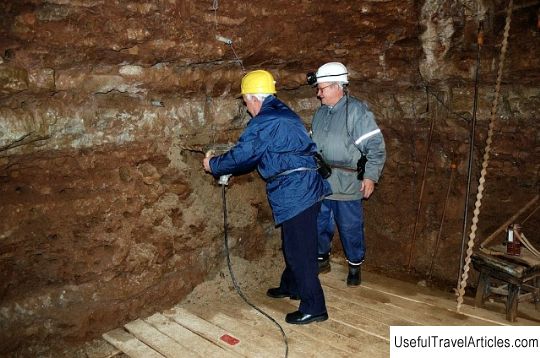 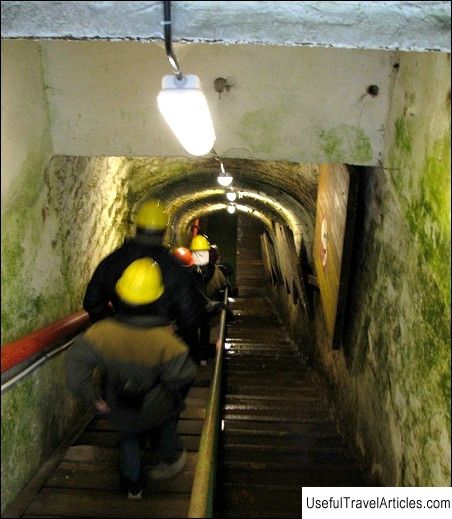  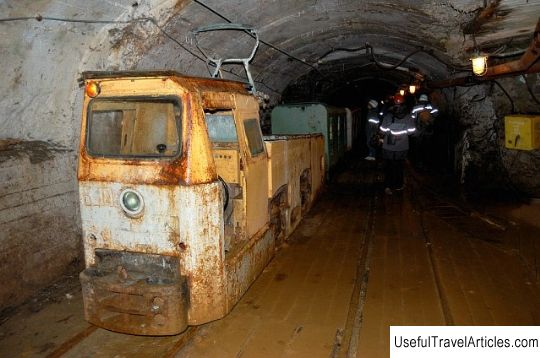 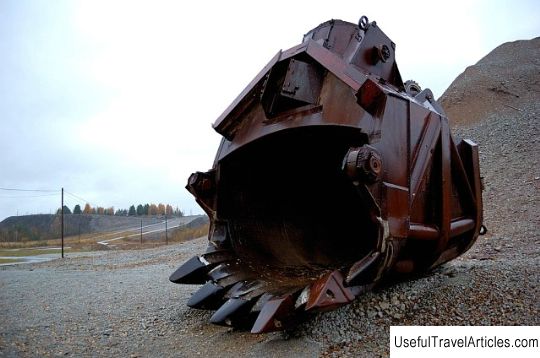 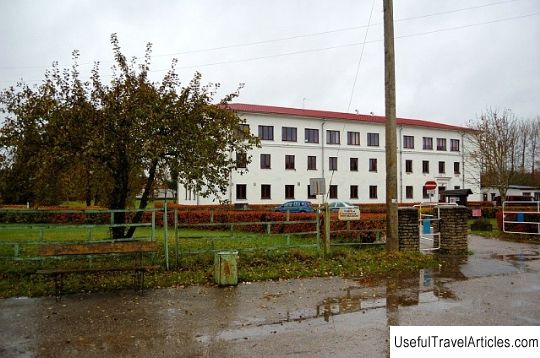 We also recommend reading Reifnitz Castle (Schloss Reifnitz) description and photos - Austria: Lake Worthersee Topic: Mining park-museum (Kohtla kaevanduspark-muuseum) description and photos - Estonia: Kohtla-Jarve. |
